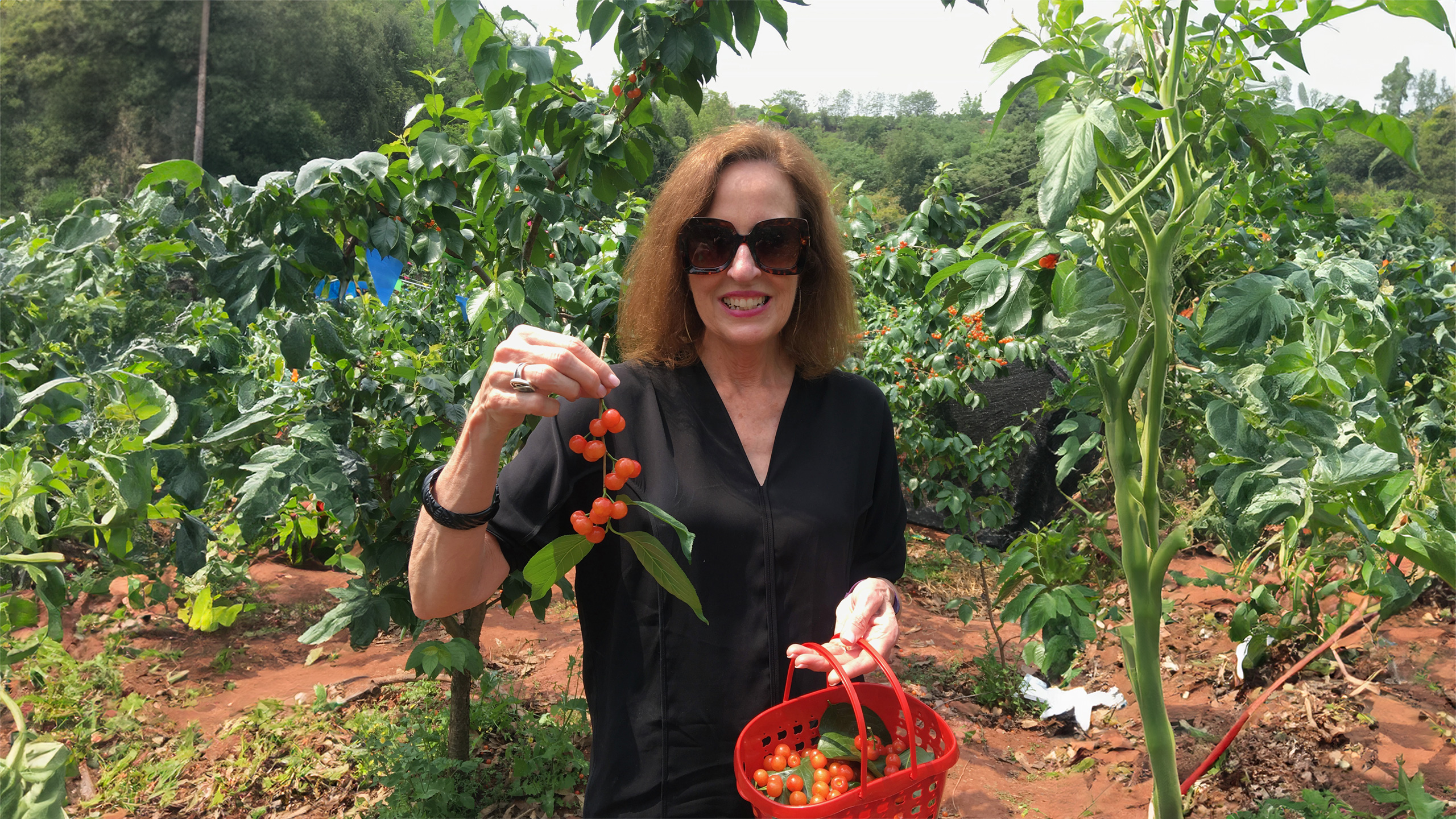This is part of Early Learning Nation magazine’s series “Seasons of Play,” which highlights recent developments in playful learning and capture the thinking of the field’s leading figures.
“Don’t underestimate the value of play,” Hartwick College’s Laurel Bongiorno warns in a recent blog for the National Association for the Education of Young Children. Cognitive, social and literacy skills, along with vocabulary and physical abilities all get a workout when the little ones play. And while nobody invented playful learning, one of the world’s most influential champions was Loris Malaguzzi, founder of child care centers and preschools in Reggio Emilia, Italy.
To learn more about play’s place in the Reggio Emilia approach, Early Learning Nation magazine spoke to Brenda Fyfe, dean and professor emeritus of the School of Education at Webster University. She serves on the board of the North American Reggio Emilia Alliance and co-edited Affirming the Rights of Emergent Bilingual and Multilingual Children and Families.
Mark Swartz: When did you first encounter Reggio Emilia?

Brenda Fyfe: In 1990, I was teaching at Webster University’s campus in Iceland near the NATO base. Many Nordic countries had connected with Reggio Emilia long before anybody in the U.S. did. So I visited Italy, and I was awestruck. A Reggio classroom is a lovely place to be. You want to join the play; you want to play with everything. And yet there’s a sense of calm and peace. In part because it’s very soft and it doesn’t jump out and bombard you like some classrooms do with the primary colors and the letters all over the wall and that sort of thing. It’s soft and it’s peaceful, and yet it’s rich and stimulating, because there are materials there and there’s color, but it’s done in a way that helps you to calm down and not want to jump out of your chair. I returned every year until Covid.
MS: You belonged to a generation of educators who helped to popularize Reggio in the United States.
BF: Back then, all the literature that I could find was either in Icelandic or Italian. Lella Gandini was the key liaison between the U.S. and Reggio Emilia. She had been a doctoral student in Italy, and she brought knowledge of the Reggio Emilia approach and helped to organize an exhibit called The Hundred Languages of Children, which highlighted the brilliance of children that they uncover and make visible through that exhibit. (The Hundred Languages of Children is also the title of an influential book.) Leila and I built partnerships and we created programs together. In St. Louis, I organized a group of educators from about five different schools, originally, to come together as a study group.
Discover Leila Gandini’s Reggio reading recommendations
MS: Let’s talk about Reggio and play.
BF: Carla Rinaldi calls play a child’s search for meaning. Play is the way that children deal with their reality and make sense of their world. And it gives them a sense of freedom, too, and agency. Children express themselves through materials, through music, movement, construction, sculpture, drawing, painting, all of what they call expressive languages.
MS: So it isn’t just for fun.
BF: And it’s never completely free play, either. The environment is set up; the materials are chosen. It’s not just let the kids go do whatever they want, you observe and document and then study it. Reggio founder Loris Malaguzzi described the environment as the “third teacher” (alongside the two co-teachers in the classroom).
It’s the idea of using materials to communicate ideas, feelings, thoughts and experiences. And it’s done in a playful way. Children are exploring and experimenting and they’re talking while they’re painting and they’re interacting with friends, and they’re looking at each other’s work and commenting on it.
MS: How can an educator tell the play is going the way it’s supposed to?
BF: When it’s really good play, you’re negotiating your experience. If it’s a dramatic play, for example, children are talking; they’re designing ideas; they’re talking about it with each other. We talk about this idea of design, documentation and discourse as part of the negotiated learning process. Group play is a negotiation.
Read “Negotiated Learning through Design, Documentation, and Discourse,” George Forman and Brenda Fyfe’s chapter in The Hundred Languages of Children
MS: These are life skills. Design, documentation and discourse are things you’re going to use in the workplace and with your family and then life later on.
BF: And even with the materials, you’re kind of negotiating your own understanding of it and your use of it by manipulating it.
MS: How does this concept apply to the youngest children?
BF: Even if infants and toddlers don’t have words, they’re watching. What are they looking at? How are they approaching it or how are they touching it?
MS: What are some of American Reggio’s innovations in recent years?
BF: The first one that comes to mind is called Border Crossings, from 2019, where they’ve looked at children exploring the outdoors. They’ve helped children to augment their playful observations with technology. They put digital cameras into the hands of children to take a photograph of what they see, and they come back to the images later and reflect on it. So play can be very sophisticated. Play with young children can involve materials, each other, but also technology.
MS: It’s a very demanding process for educators.
BF: Yes, and it’s also very energizing in the way it makes you slow down and listen to children. When most of us think about teaching, we picture a lesson plan and a sequence of experiences, and then closure. But rather than letting the plan drive you, you let it open you up to seeing what you didn’t anticipate.
MS: Could you say more about the teacher’s role?
Fyfe: The teacher gets involved without being intrusive, without being directive, but you get into the groove of the way the children are thinking. You want children to be in that space of being free to think and act in the moment. I always think of Mihaly Csikszentmihalyi, co-founder of the field of positive psychology, who originated the concept of “flow.” That’s the perfect image for me of what play is. We like to say the teacher’s role is to toss the ball in a way that the child wants to toss it back to you.
This story originally published on Early Learning Nation and is now archived on The 74. Learn more here.



;)
